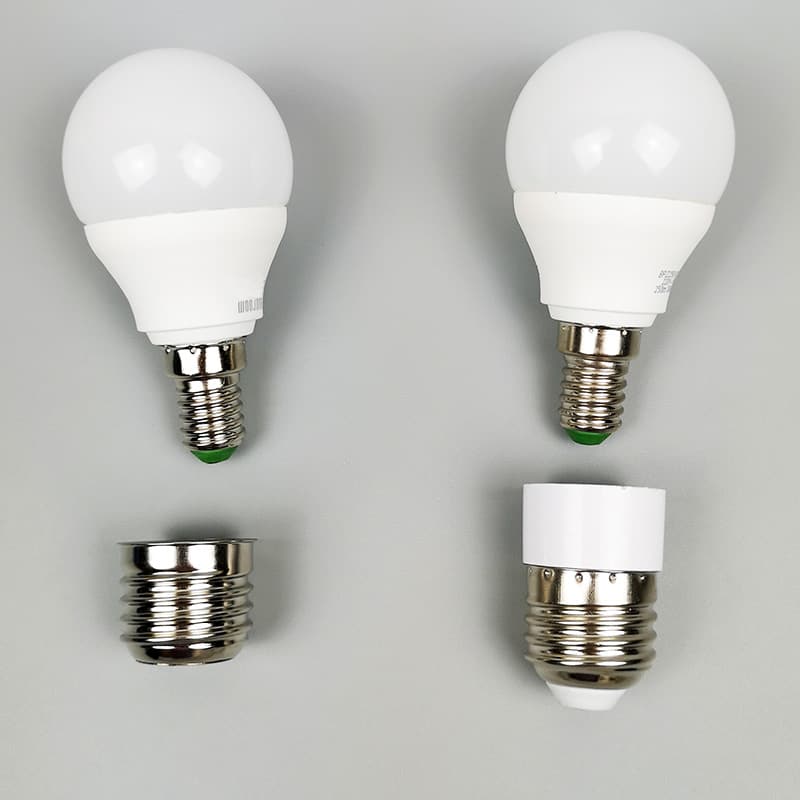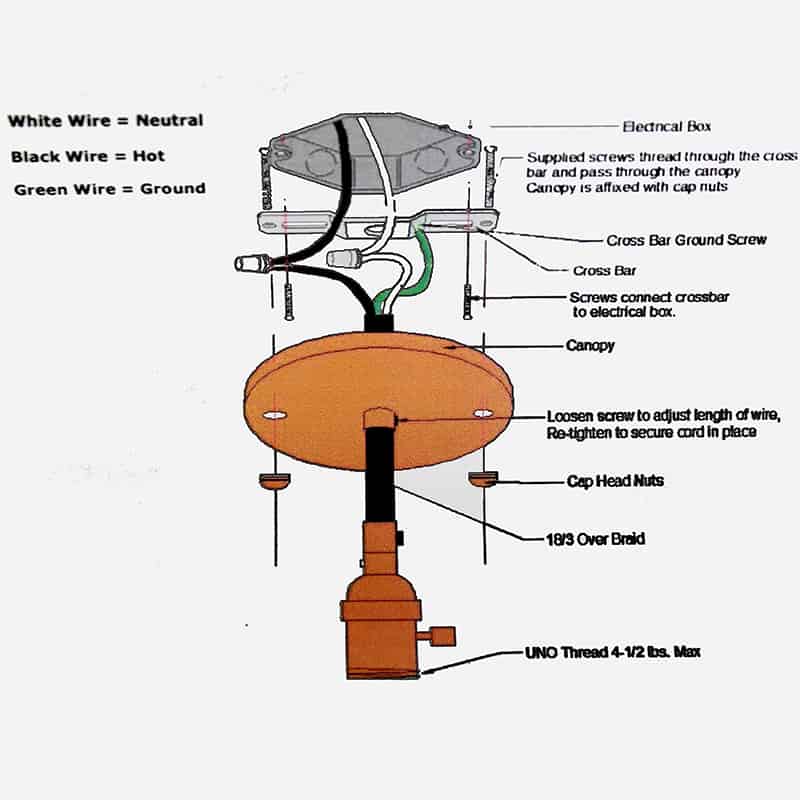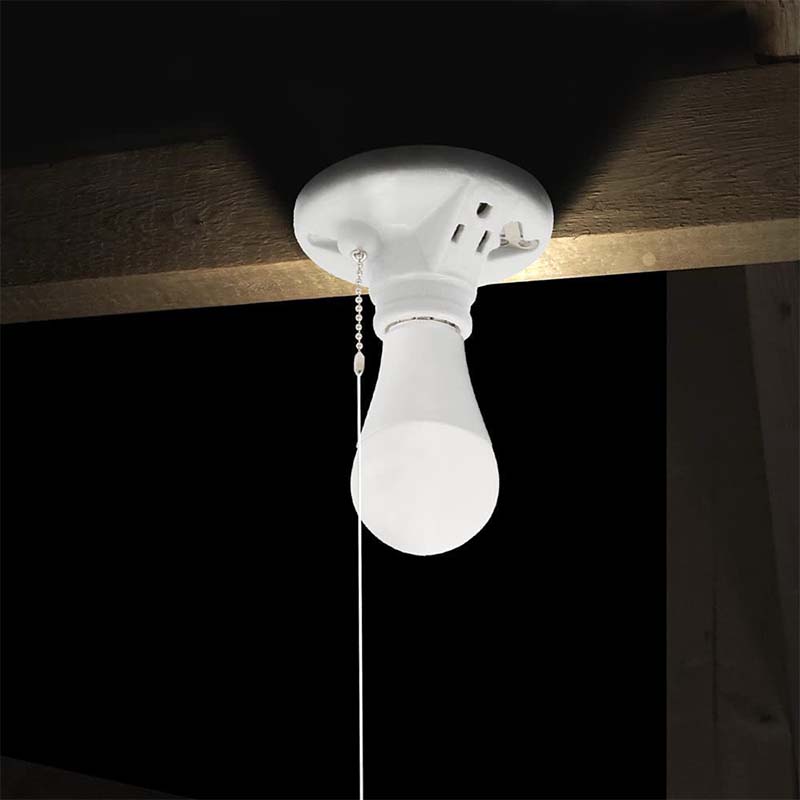Flickering lights can be annoying, especially when the light switch is off. You’re probably wondering what’s going on. Ignoring this problem could lead to bigger electrical problems and potential fire hazards. We’ll look at some of the reasons why your light bulbs are flickering when the switch is off and how to fix it.
A light bulb flickering when the switch is off is often due to residual electrical current, bad wiring, or electrical interference. Fixing the problem will help prevent any hazards.
Knowing why a light bulb flickers when the switch is off will help you fix the problem. If you don’t address this issue, it could be a sign of a bigger electrical problem that could hurt your lights and your house.

Common Reasons for Flickering Light Bulbs When Off
Residual current flow is one of the most common reasons for a light bulb to flicker while the light socket is off. In some cases, a small amount of electricity may continue to flow through the circuit even when the switch is in the “off” position. This residual current can cause a light bulb to flicker intermittently. This is often due to faulty wiring or switches, which fail to completely disconnect the circuit when turned off.
Faulty light switches or wiring are another frequent cause of flickering lights. Over time, wear and tear on older switches can allow electricity to pass through, even when they’re technically “off.” In particular, three-way switches are prone to this issue, where the circuit may not be fully disengaged, leading to flickering.
Electrical Interference and Power Surges
Electrical interference from other devices in your home could also cause your light bulb to flicker when the socket is off. Large electrical appliances such as refrigerators, air conditioners, or microwaves, which share the same circuit as your light, can cause disruptions, especially when they draw significant amounts of power. These power fluctuations can cause lights to flicker momentarily, even if they are not directly connected to the appliance.
Power surges are another culprit. During storms or periods of high energy demand, the electrical grid can become unstable, causing short bursts of excess energy to travel through your home’s wiring. This excess energy can make bulbs flicker, even if they are turned off at the switch. Power surges pose a risk not only to your lighting but also to other electronics and appliances in your home.

Faulty or Loose Light Bulb Connections
A loose connection between the light bulb and its socket can cause the light to flicker intermittently. Over time, vibrations, wear, and the repetitive action of turning lights on and off can cause the bulb to loosen in its socket, disrupting the electrical contact. This poor connection results in inconsistent power flow, leading to flickering.
In addition, using poor-quality bulbs or lamp sockets can also result in flickering. Low-grade bulbs may not fit snugly into the socket, causing them to flicker as the connection shifts. Similarly, sockets that have worn-out or damaged internal components will fail to maintain a steady connection, leading to the same issue.
Capacitive Coupling in the Circuit
Capacitive coupling is a phenomenon that can also cause your light bulb to flicker when the switch is off. Even with the light switch turned off, the wiring in your home can sometimes transfer small amounts of electricity through capacitive coupling. This is especially common in older homes with outdated electrical systems. The small charge that gets passed along can be enough to cause a flicker, especially in energy-efficient bulbs like LEDs.
Capacitive coupling is more noticeable with LED lights since they require far less power to operate than incandescent or halogen bulbs. Even the slightest amount of residual current in the wires can cause an LED bulb to flicker, whereas traditional bulbs may not react to the same level of current.

How Different Bulb Types Can Be Affected
Different types of light bulbs react differently to electrical irregularities. LED bulbs, for instance, are highly sensitive to even the smallest electrical currents. This means that they are more likely to flicker due to residual voltage in the circuit or issues with compatibility. Many dimmer switches, especially older models, are not designed to work with LEDs, which can cause flickering as the dimmer struggles to regulate the lower power needs of these bulbs.
Incandescent and halogen bulbs, on the other hand, are less sensitive to minor fluctuations in voltage. They require more power to operate and are less likely to flicker under the same conditions. However, they are not immune to flickering caused by loose connections, faulty wiring, or power surges, although the flickering may be less noticeable than with LED bulbs.
Safety Concerns with Flickering Bulbs
Flickering lights should not be ignored, as they could indicate more serious electrical problems that might lead to hazardous situations. One of the main safety concerns is the potential for an electrical fire. If the flickering is caused by faulty wiring or a damaged switch, it could lead to short circuits, which may result in overheating or fire.
Another concern is the possibility of a short circuit, where the flickering indicates that the electrical circuit is not functioning properly. Short circuits can damage not only the light fixture but also other appliances connected to the same circuit. In some cases, persistent flickering can also indicate electrical overload, where the circuit is carrying more current than it is designed to handle, increasing the risk of fire.
Preventing and Fixing Flickering Bulbs
To prevent and resolve flickering light bulbs, the first step is to check the bulb and light socket connection. Ensure the bulb is tightly screwed into the socket, and examine the socket for any signs of wear or damage. Sometimes, simply tightening the bulb can solve the problem. If the socket appears damaged, it should be replaced.
Next, inspect the light switch and wiring. If the switch feels loose or unresponsive, or if the wiring appears frayed or outdated, it’s a good idea to replace the switch or call an electrician to replace the wiring. This can help eliminate any residual currents or loose connections that could be causing the flickering.
Additionally, if you are using LED bulbs, check whether your dimmer switch is compatible with LED technology. Many older dimmers are not designed for the low voltage requirements of LEDs, and upgrading to an LED-compatible dimmer could solve the flickering issue.

When to Call an Electrician
If you’ve tried tightening the connections, replacing faulty components, and switching bulbs but the flickering persists, it’s time to call a licensed electrician. A professional can inspect the wiring and check for any hidden electrical issues, such as capacitive coupling or an overloaded circuit, which may be causing the problem. Ignoring flickering lights can lead to bigger problems down the line, so it’s best to address the issue before it becomes a safety concern.
Final Words:
A flickering bulb when the switch is off is often a symptom of an underlying electrical problem. Understanding whether the problem is a result of residual current, wiring, or electrical interference will help to make sure your lights work properly and safely.













